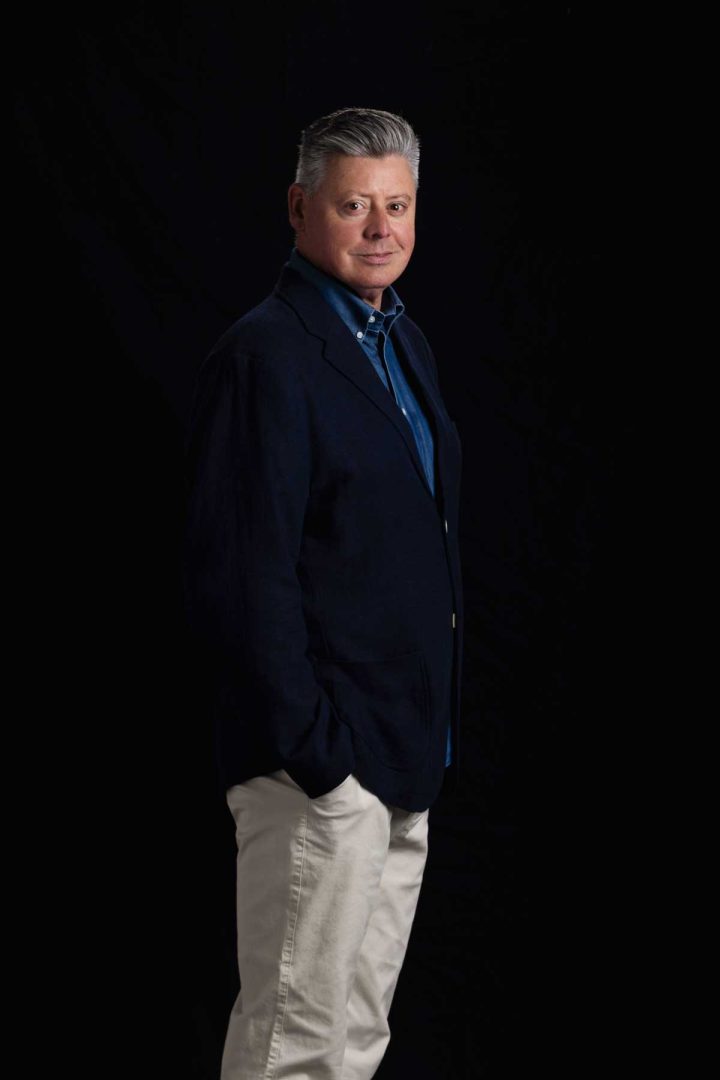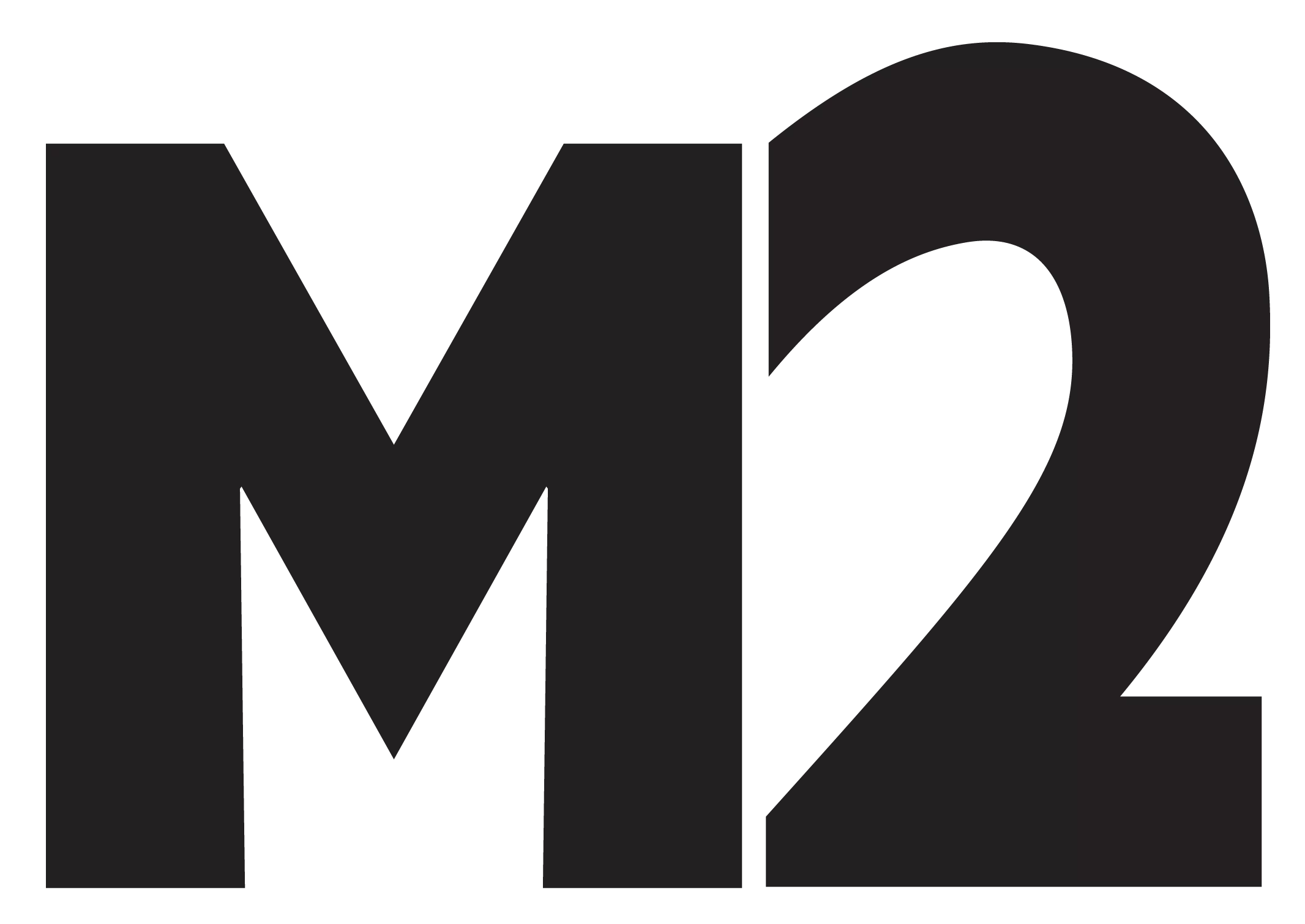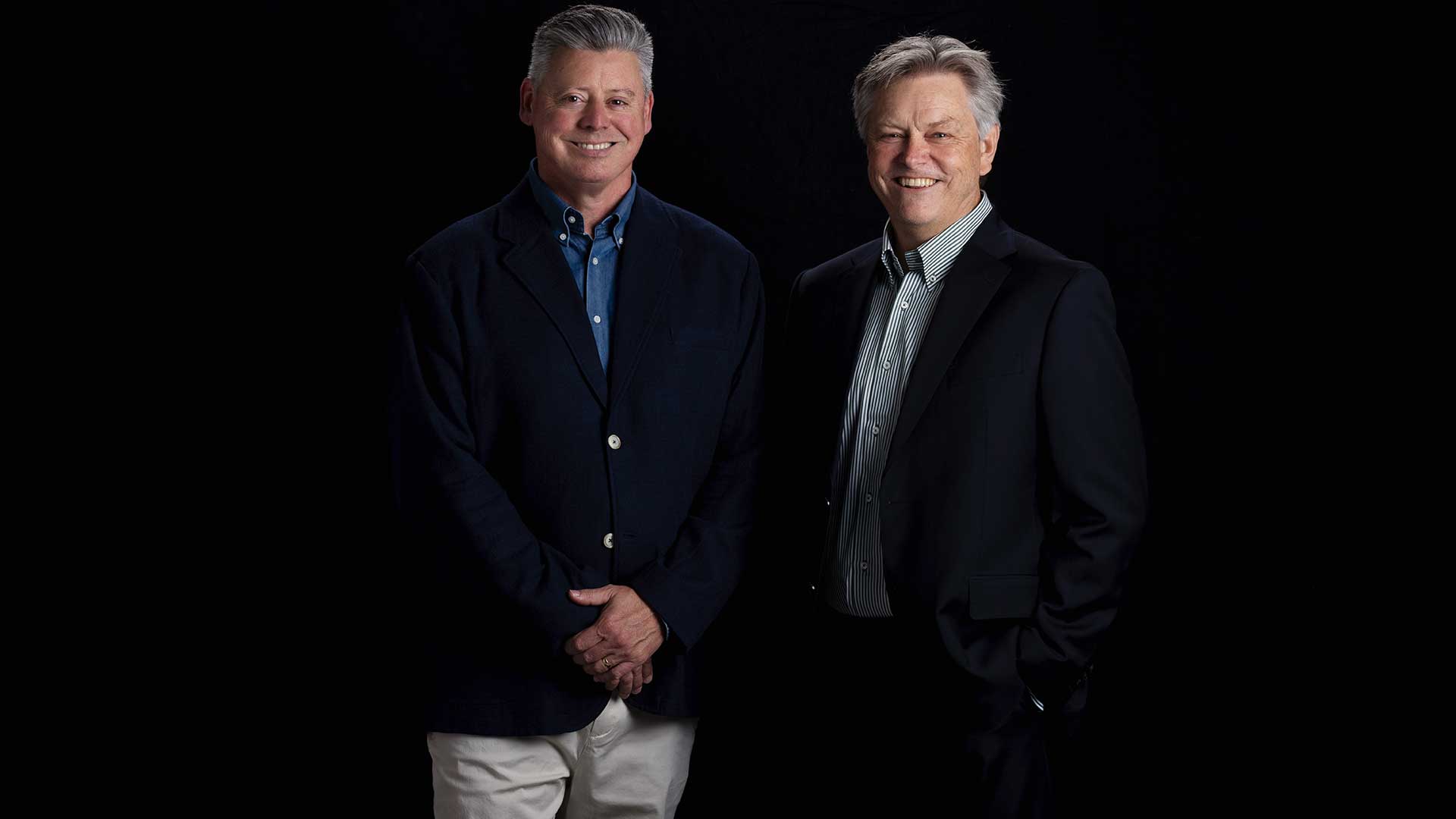The Chemistry of Chemistry
While, these days we might be sidetracked with generating ChatGPT Studio Ghibli versions of ourselves, there is still no competition for pure human creativity that cuts through the zeitgeist of the moment and has the power to drive new ideas, create universal connection and build the foundation for the world’s most iconic companies. New Zealand, creative agency, Chemistry has built its name on this power but is also supercharged by leveraging the connection between creativity, data, strategy, and technology. We talk to founders, Mike Larmer and Joseph Silk about “joined-up thinking”, how culture-driven, creatively brave thinking can punch far above its weight.
Can you elaborate on “joined-up thinking”? It seems something that should be fundamental in all agencies. Why is it not?
That is true, it sounds obvious, doesn’t it? For us, “Joined-up thinking” refers to a holistic and integrated approach to problem-solving, where different parts of an organisation or different agencies and the client work together cohesively, sharing and pooling resources to achieve one common goal.
That’s about moving beyond siloed and parochial thinking and creating a unified and far more effective approach to strategy and execution.
While many agencies promote and strive for “joined-up thinking,” the ability to consistently deliver it varies depending on factors like agency structure, who needs to make money, politics and, dare I say it, egos.
We coined the term 13 years ago when we started Chemistry. It was off the back of an insight that clients were managing multiple agency relationships to deliver various technologies/tasks and this was both costly, time-consuming and often didn’t provide the optimal result.
Coming from a brand response background, we both understand the power of connecting strategy, data, technology and creativity to make something better than the constituent parts.
Interestingly Joined-Up Thinking is talked about a lot these days but mostly from a ‘connecting media channels’ perspective which tends to be at a campaign level, not at a holistic management level.
How do you describe the Chemistry culture?
As both of us have worked in leading Global network agencies in our careers, we have learned what works and what doesn’t from a culture perspective. So the key thing we wanted to ensure from day one was that we avoided all of the mistakes at Chemistry instead we focused on cultivating all of the good things. There is a saying, “Don’t manage the money, manage the things that make the money” so we knew a high-performance culture would be the key component that would carry us through the good and the bad times.
We wanted to create a culture that is supportive, positive but hungry for growth through individual and collective success.
The foundation of this culture was the co-creation of a core ideology for the agency, which comprises a three-year BHAG, an essential Purpose and a set of behavioural Values that our people all live by. We know that this separates successful brands from their competitors. That’s a fact.
We ensure this creates a backbone for our culture and is something everyone lives and breathes. It gives us a point of difference, which is critical if you’re going to win as an independent agency against the bigger brands and we are all competing for the best talent. One of our best planners chose us against an offer from a very well-regarded agency brand purely on the basis of our culture.
Ultimately we’re a team, a family, and our success depends on a group of people all playing their A-game. It’s what helps us attract and keep smart people. So far, so good, we think.
How do you maintain this as you scale?
Sticking to our enduring Core Ideology makes it easy to scale our culture and that is key because you need to work on it 24/7/365. We often say, if you feel like you’re banging on about your culture too much then you’ve probably got it just about right.

Like most agencies, we use signature actions throughout the year to bring everyone together – making it fun is important so we have a weekly competition for the people who have been voted by peers as living our values the most. We call this our high-fives. If someone does something you think deserves recognition, then you give them an email high-five. Every Monday the person with the most high-fives gets to spin the prize wheel for things like a lunch voucher or a box of PALS.
Outside of this, we have regular actions that show what we stand for as a brand front and centre. We celebrate the little wins, those things that happen two or three times a week and can easily go unnoticed, with our Gong Moment. We literally have a small gong in the centre of the agency and when this is rung, everyone meets in the kitchen to have a small glass of bubbles and hear the news, which can be anything from a new client win to some positive feedback received. Ten minutes and we’re done.
All these actions are scalable, but if we’re honest it’s all of the things we do to celebrate people living our values that are at the heart of helping our culture thrive.
How much does data shape or steer your creative decisions?
Data’s like a compass – it helps point you in the right direction, but it doesn’t draw the map for you. It tells us what’s working, where the tension is, what people care about – and that’s gold. But creativity? That’s what turns those signals into something people actually notice, feel, or share.
We use data to inspire ideas, not to smother them. It tells us what people are doing but the creative connection is identifying the why. That’s where insight comes in – the human intellect and capability behind the data. The best work happens when you blend both: the science and the heart, the logic and the creative leap joined up in perfect harmony.
So yes, data and creativity shape our path. But you still need brave clients, sharp creatives, and a willingness to zig when the competition says zag.
What’s a recent campaign you’re especially proud of and what made it stand out for you?
Mike – I love work that makes a difference to our clients and their immediate business challenges. With MTF Finance our partnership helped them to achieve their business BHAG of becoming a $1b business two years early. That’s a testament to how our people approach working with a client.
Joseph – We did a campaign for the aged care sector to highlight the diabolical situation New Zealand is in when it comes to funding retirement beds for future generations. In the campaign, we aged Jacinda Ardern and Grant Robertson to show them in their 60s and highlighted the situation the country will be in by the time they are ready to retire. This generated huge attention and even helped change government policy.
What’s something building Chemistry has taught you about leadership?
Mike – I have learned that leadership is overrated. It’s the courageous first followers who need to be celebrated. They help move a culture forward and make a real difference.
Joseph – You’re always on. As a leader, you set the culture and attitude of those around you. If you’re negative or down, then that is felt across the agency. It’s okay from time to time, but people look to you as the leader and pick up on your vibe. It’s the hardest thing to do but one of the most important in my view
As AI continues to “eat the world” how do you see creative agencies evolving?
I think we need to be careful about the hype around AI. Yes, it is changing things. Yes, it is improving exponentially. But will it replace us all? Not in my view. Will it help us be far more efficient in our day-to-day job? Absolutely! We need to harness AI to drive costs out of our business and allow our people to spend more of their day focusing on client problems and not admin or repetitive tasks.
Will AI compose the plot for the next Harry Potter Novel – absolutely not. If it can, then I fear for humanity’s relationship with creativity and social culture.
You mention that you have a mission to never settle for the status quo. What is your advice to other New Zealand businesses faced with long-term technology shifts but short-term business needs. Sometimes, the status quo might seem like the easiest thing.
The status quo often feels like the safest option, especially when you’re under pressure to deliver short-term results. But the danger in sticking with what’s familiar is that it can slowly erode your competitive edge.
Our advice? Separate your thinking into two streams. One for the ‘now’ – optimising what’s already working, fixing immediate pain points, serving customers better. And one for the ‘next’ – testing future technologies, reimagining processes, and investing (even modestly) in innovation.
You don’t need to boil the ocean. But you do need a bias toward action. The businesses that thrive through long-term shifts are the ones that start small, stay curious, and keep learning – without letting the day-to-day overwhelm the bigger picture.

What’s one tech shift or platform you’re genuinely excited about creatively?
Right now, I’m genuinely excited about the creative potential of AI – not just the tools like ChatGPT or Midjourney, but how they’re reshaping the entire ideation process. For years, the tech sector has been focused on speed and scale. But this is one of the first times it’s actually fuelling creativity rather than just delivery.
Companies like us are using it to generate unexpected starting points, test brand ideas in context, simulate customer journeys, even explore product naming territories in a fraction of the time. It’s like having a tireless creative partner who’s weird, fast, and never afraid to throw out 50 bad ideas to get to one good one.
It doesn’t replace gut instinct or lived experience. But it makes the creative process more playful, and that’s where the magic often lives.
Mike, what pulled you into advertising in the first place and what’s kept you in love with it?
This might be sad, but I decided on a job in advertising while I was in school around the age of 15. I am not blessed with much practical sense and I come from a family of engineers, so maybe I wanted to be the black sheep from day one. I love fixing problems and I love creativity in all of its forms. Advertising was always going to be the career for me.
Joseph, was there a moment early on that changed the way you think about strategy or branding?
I was the Direct Marketing guy in a big brand agency and I pitched a database idea to an FMCG company that had a wide range of brands. DM and FMCG were incongruent at the time, so it was a bit of a stretch. Anyway, they took a punt on the idea and together we ended up winning The Special Honors Best Strategy category at the RSVP Awards, the Direct Marketing Association Awards at the time. I think that was the moment I challenged myself never to think a strategy isn’t worth pursuing without testing client bravery.
A great piece of creativity can often be a reflection of the world and public sentiment for a moment in time. What’s your sense of the moment humanity is in now?
Who in our industry can forget “Think Small” for VW out of DDB in the 1960s, where in an age of American excess and big cars, this minimalist campaign embraced humility, wit, and European sensibility – perfectly timed during a cultural shift toward individuality and anti-consumerism.
The “Real Beauty” campaign for Dove in 2004 challenged narrow beauty standards in the media against the rising feminist discourse and the authenticity movement.
And more recently “Flip the Status Quo” for Tinder in 2023 pushed back on outdated gender roles in dating – tapping into Gen Z feminism, queerness, and the post-MeToo landscape. It’s raw, real, and unpolished – just like Gen Z wants it.
What’s our sense of the moment humanity is in now? We’re in a moment where humanity is tired but still trying. Curious, conflicted, and craving real connection, grounded truth, and some sense of control in an increasingly mediated world.
People are tired of institutions, of inauthenticity, of brands that say one thing and do another. The last few years (pandemic, war, climate disasters, economic shocks) have left people questioning everything. There’s a low simmer of distrust, but also a strong hunger for truth, meaning, and repair.
This challenges our industry deeply – maybe more than at any point since its invention. We’re no longer just selling products or even ideas – we’re operating in a climate where attention is scarce, trust is fragile, and people can sniff out insincerity in half a scroll.

